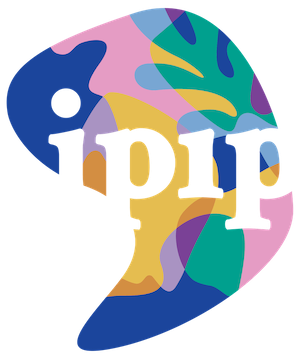Document Type
Article
Publication Date
6-2022
Abstract
In 2001, the DNA Copyright Institute sought to capitalize on the fear of human cloning by offering celebrities the opportunity to use copyright to secure exclusive rights in their DNA. At the time, a Copyright Office spokesperson pointed out that a person’s DNA “is not an original work of authorship.” That statement is no longer self-evident. A scientist claims to have used CRISPR technology to create a pair of twin girls with human-altered DNA that may provide immunity to HIV infection and improved cognitive function. Through gene therapy, doctors can “author” changes to patients’ DNA to cure disease. Scientists “edit” bacterial cell DNA to produce medicines and industrial enzymes. Researchers have “written” original DNA encoding a GIF of a running horse. Does copyright grant exclusive rights to these creations?
For decades, scholars have argued that DNA sequences, like computer programs, are copyrightable “works” encompassed by the Copyright Act’s definition of “literary works.” So far, the Copyright Office is unconvinced and continues to list DNA sequences and compounds as “works” that do not constitute copyrightable subject matter. This Article takes a new approach by proposing that DNA is not a “work” at all. Rather, DNA is a medium in which information is stored. In the words of the Copyright Act, DNA compounds are “copies” in which an original copyrightable work or a functional creation may be fixed. Under this framework, literature is entitled to copyright protection whether it exists as a copy printed on paper or encoded into DNA. Genetic DNA, which functions as a component of cellular machinery to produce useful chemicals, is entitled to no more copyright protection than any other machine component. Rejecting this approach and continuing to treat DNA as a “work” rather than a “copy” has real world consequences. The recent history of copyright protection for computer programs provides a cautionary tale. Mischaracterizing DNA in the way that computer programs have been mischaracterized — as a type of “work” under the Copyright Act — could lead to the extension of exclusive copyrights to the functional DNA in living organisms in the same way that copyright protection has been extended to some functional aspects of computer programs.
Publication Citation
Washington Law Review, Vol. 97, Issue 2, 459-505.
Recommended Citation
Srejovic, Nina, "Copyright Protection for Works in the Language of Life" (2022). IPIPC Papers & Reports. 1.
https://scholarship.law.georgetown.edu/ipipc_papers/1

